Black’s Law Dictionary 1st Edition, page 222:
COLOR. An appearance, semblance. or simulacrum, as distinguished from that which is real. A prima facie or apparent right. Hence, a deceptive appearance; a plausible assumed exterior. concealing a lack of reality ; a disguise or pretext.
In pleading. Ground of actIon admitted to subsist in the opposite party by the plead ing of one of the parties to an acLion, Which is so Bet out 8S to be apparently valid. but which is in reality legally insufficient.
This was a term of the ancient rhetoricians. and early adopted into the language of pleading. It was an apparent or prima facie right; and the meaning of the rule that pleadings in confession and avoidance should give color was that they should confess the matter adversely alleged, to such an extent, at least, as t.o admit some apparent right in the opposite party. which required to be en· countered amI avoided by the allegation of new matter. Color was either express, i. e., inserted in the pleading . or implied, which was naturally inherent in the structure of the pleading. Steph. PI. 233.
The word also means the dark color of the skin showing the presence of negro blood; and hence it is equivalent to African descent or parentage.
Black’s Law Dictionary 2nd Edition, page 217:
COLOR. An appearance, semblance. or simulacrum, as distinguished from that which is real. A prima facie or apparent right. Hence, a deceptive appearance; a plausible assumed exterior. concealing a lack of reality ; a disguise or pretext. Railroad Co. v. Allfree, 64 Iowa, 500, 20 N. W. 779; Berks County v. Railroad Co., 167 Pa. 102, 31 Atl. 474; Broughton v. Haywood, 61 N. C. 383.
In pleading. Ground of actIon admitted to subsist in the opposite party by the plead ing of one of the parties to an acLion, Which is so Bet out 8S to be apparently valid. but which is in reality legally insufficient.
This was a term of the ancient rhetoricians. and early adopted into the language of pleading. It was an apparent or prima facie right; and the meaning of the rule that pleadings in confession and avoidance should give color was that they should confess the matter adversely alleged, to such an extent, at least, as t.o admit some apparent right in the opposite party. which required to be en· countered amI avoided by the allegation of new matter. Color was either express, i. e., inserted in the pleading . or implied, which was naturally inherent in the structure of the pleading. Steph. Pl. 233; Merten v. Bank, 5 Okl. 585, 49 Pac. 913.
The word also means the dark color of the skin showing the presence of negro blood; and hence it is equivalent to African descent or parentage.
Black’s Law Dictionary 3rd Edition, page 352-353:
COLOR. An appearance, semblance. or simulacrum, as distinguished from that which is real. A prima facie or apparent right. Hence, a deceptive appearance; a plausible assumed exterior. concealing a lack of reality ; a disguise or pretext. Railroad Co. v. Allfree, 64 Iowa, 500, 20 N. W. 779; Berks County v. Railroad Co., 167 Pa. 102, 31 Atl. 474; Broughton v. Haywood, 61 N. C. 383.
In pleading. Ground of actIon admitted to subsist in the opposite party by the plead ing of one of the parties to an acLion, Which is so Bet out 8S to be apparently valid. but which is in reality legally insufficient.
This was a term of the ancient rhetoricians. and early adopted into the language of pleading. It was an apparent or prima facie right; and the meaning of the rule that pleadings in confession and avoidance should give color was that they should confess the matter adversely alleged, to such an extent, at least, as t.o admit some apparent right in the opposite party. which required to be en· countered amI avoided by the allegation of new matter. Color was either express, i. e., inserted in the pleading . or implied, which was naturally inherent in the structure of the pleading. Steph. Pl. 233; Merten v. Bank, 5 Okl. 585, 49 Pac. 913.
The word also means the dark color of the skin showing the presence of negro blood; and hence it is equivalent to African descent or parentage.

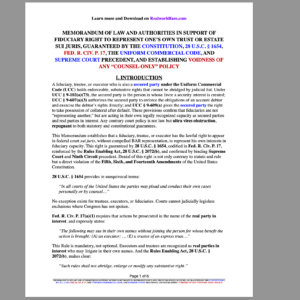

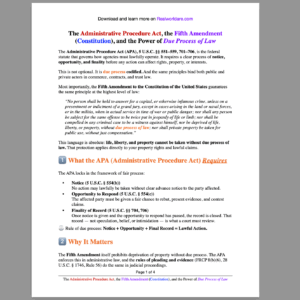

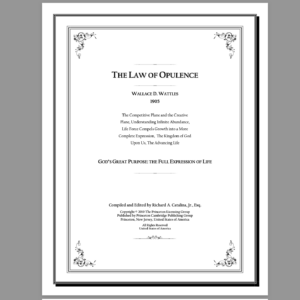
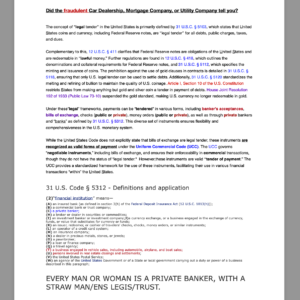

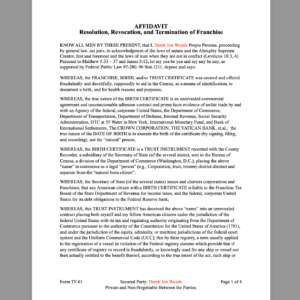
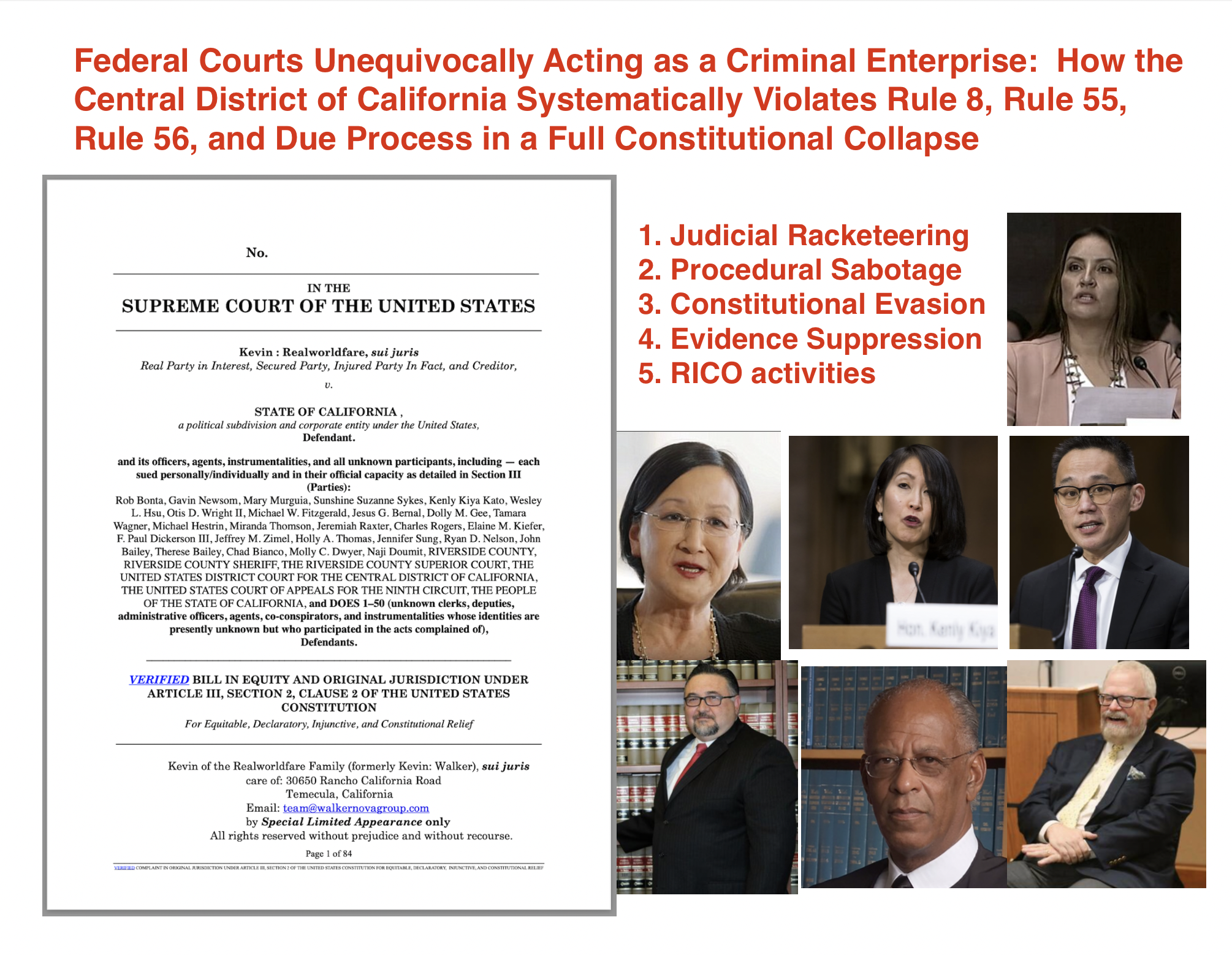

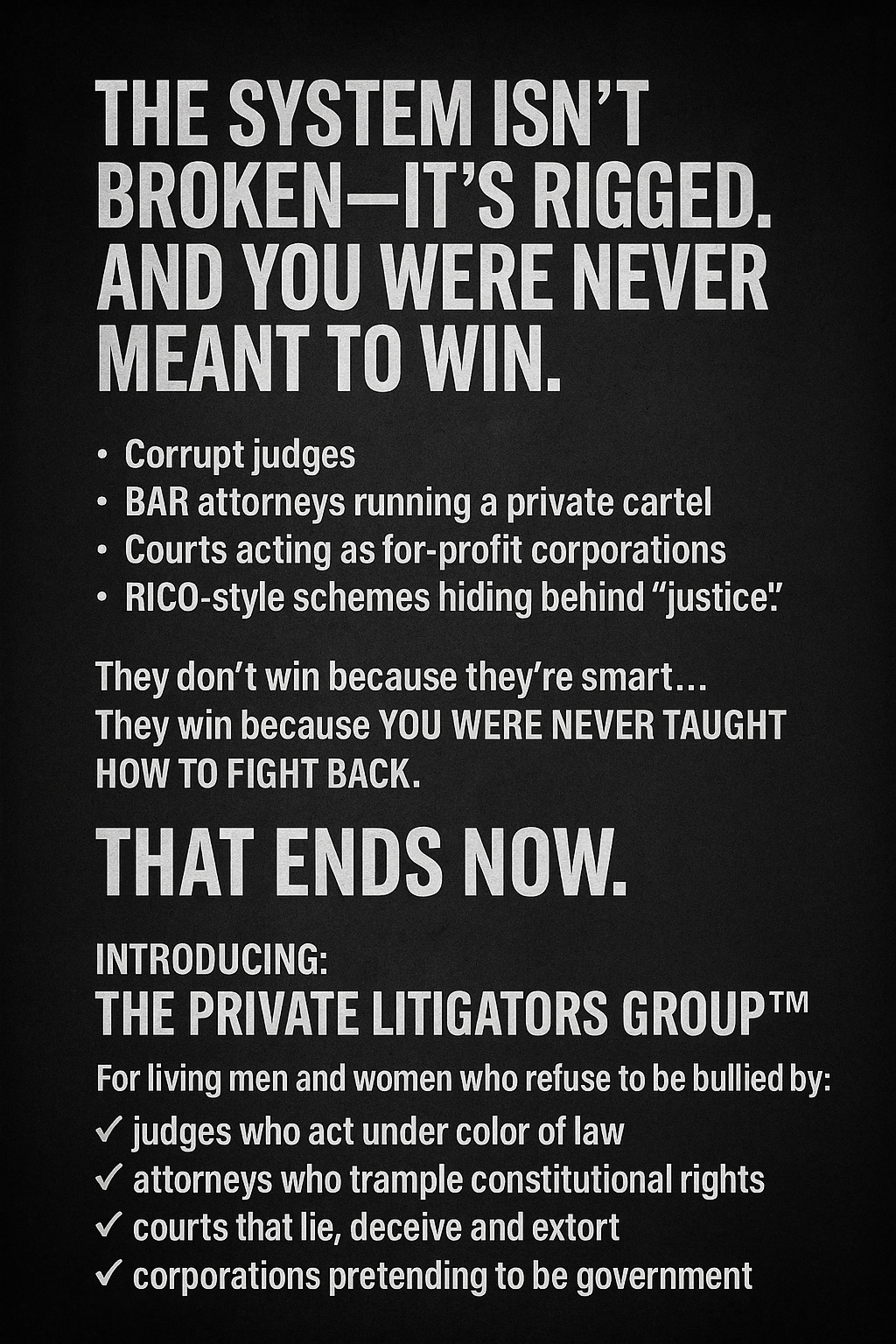
Recent Comments